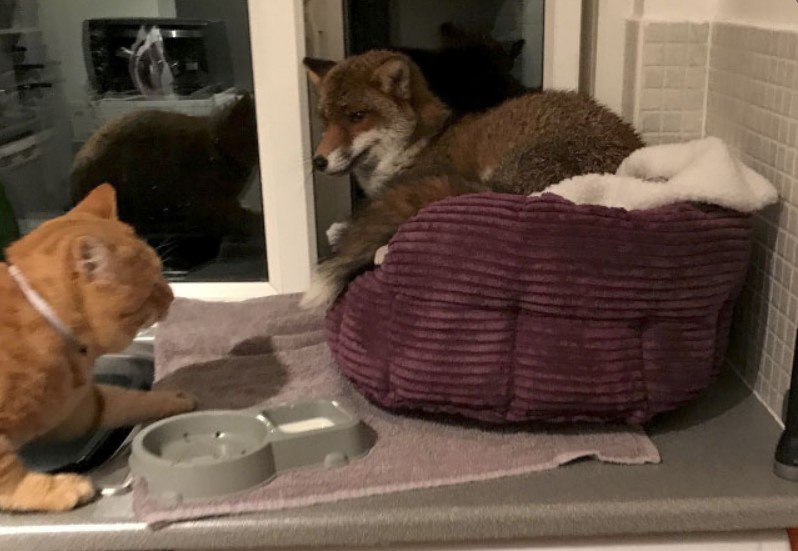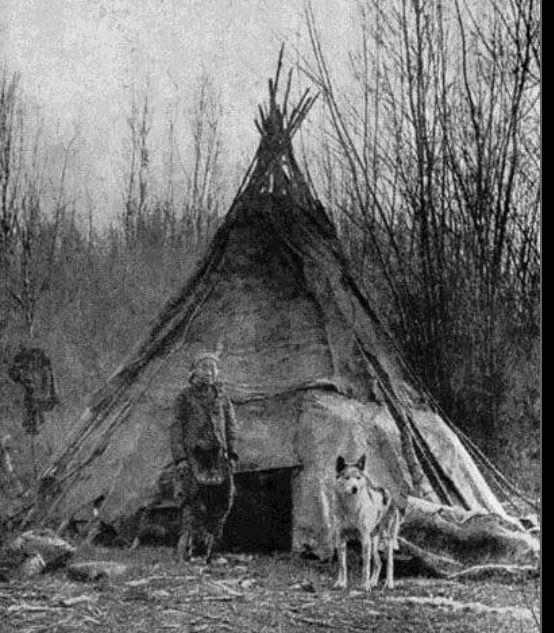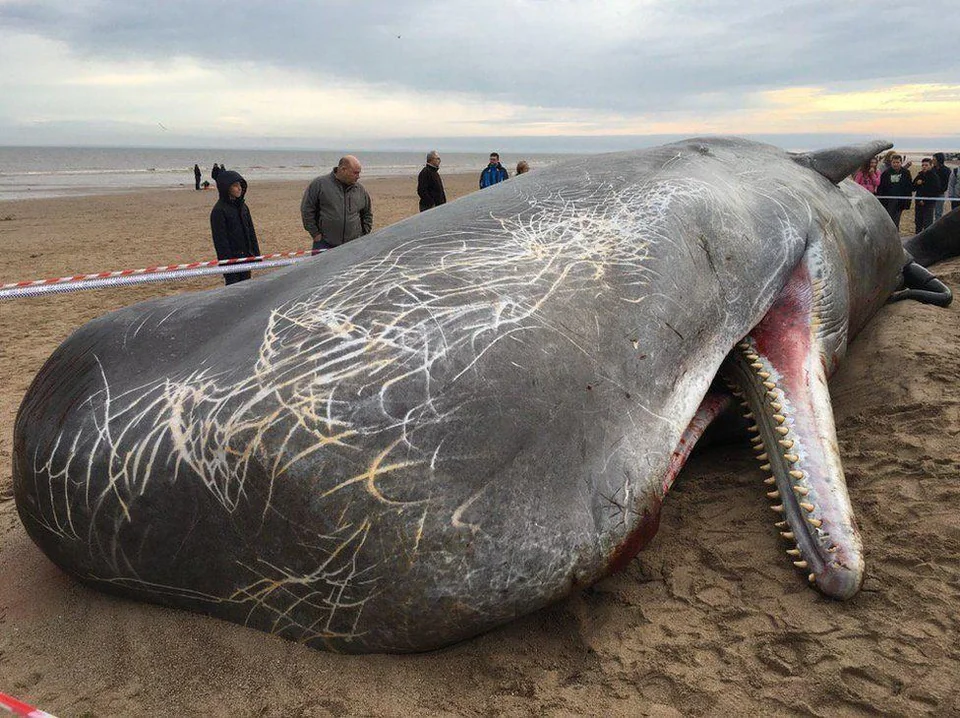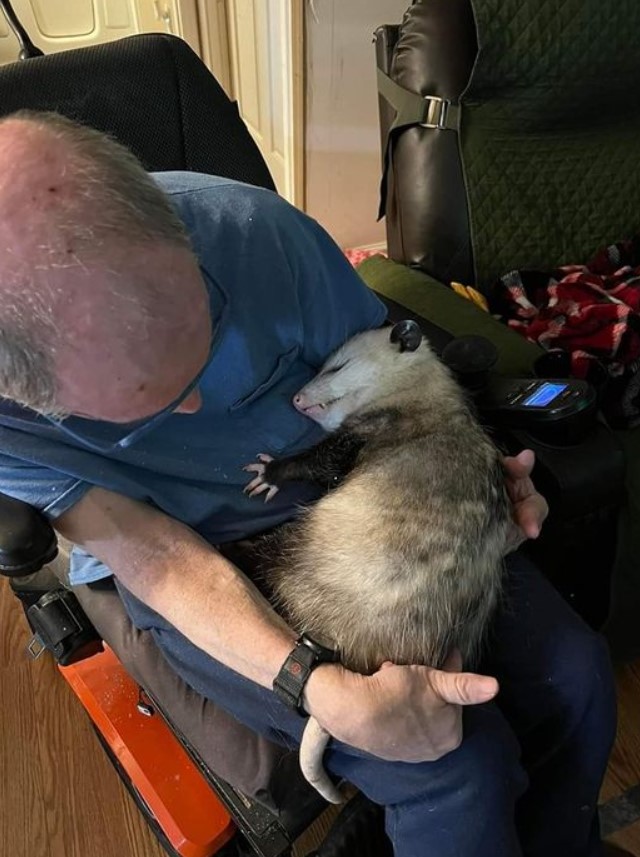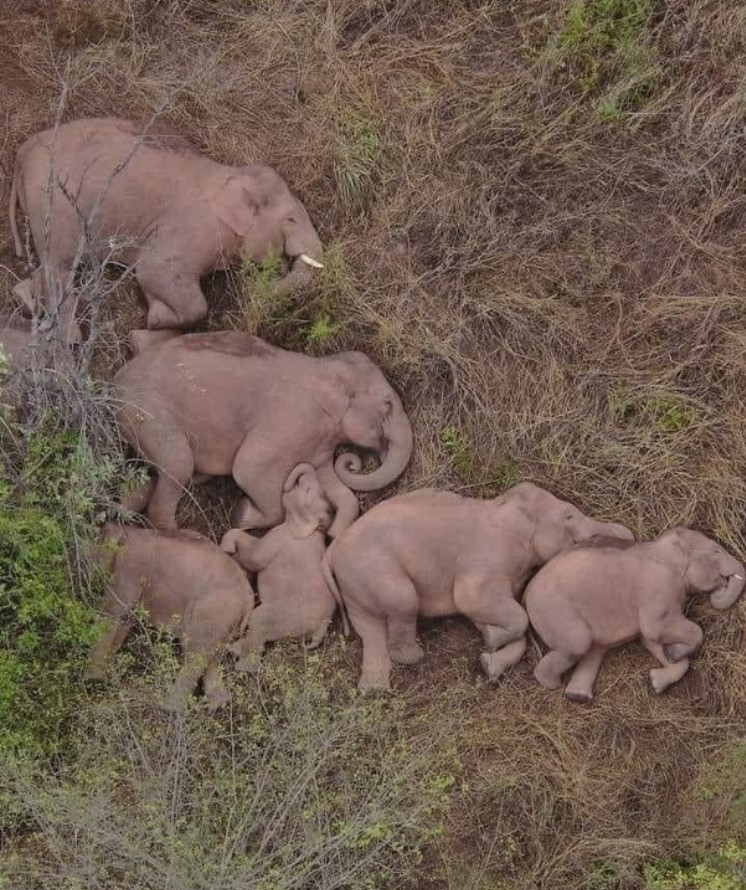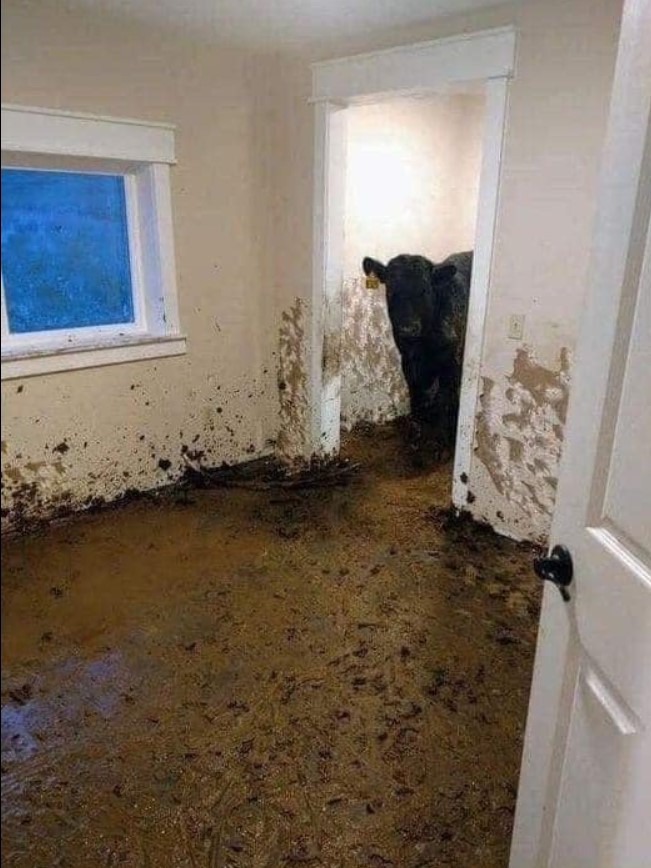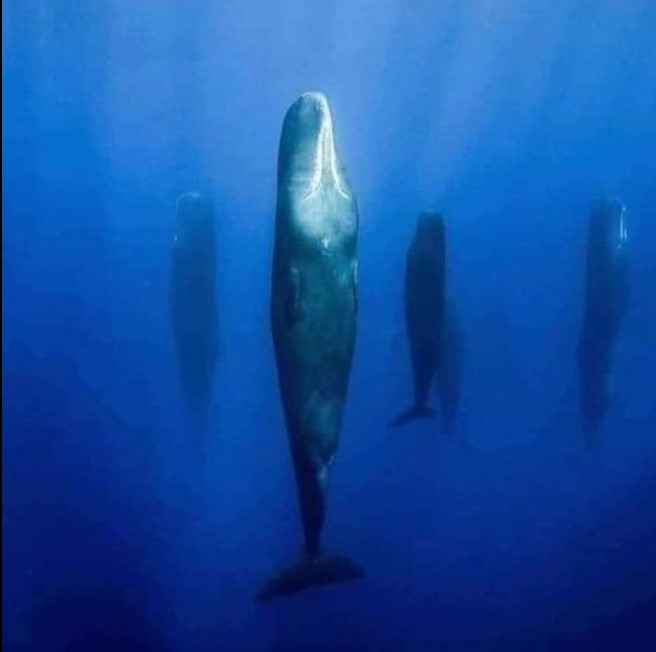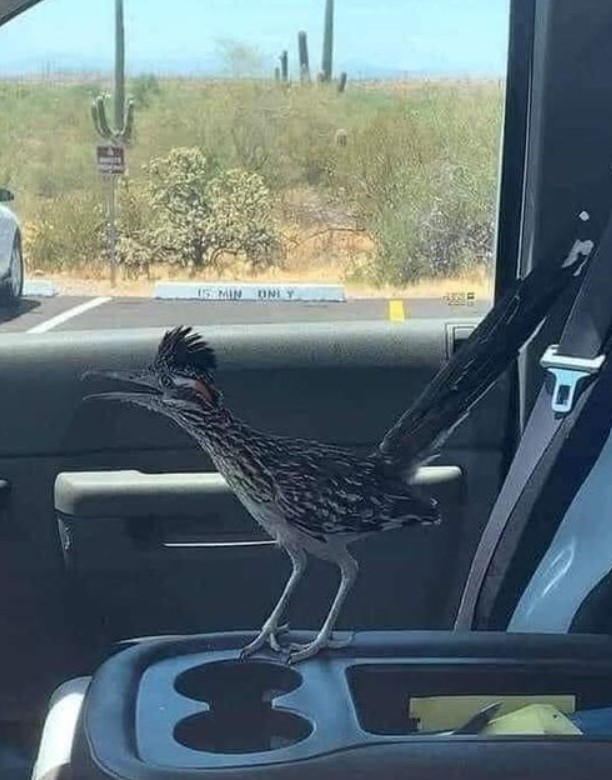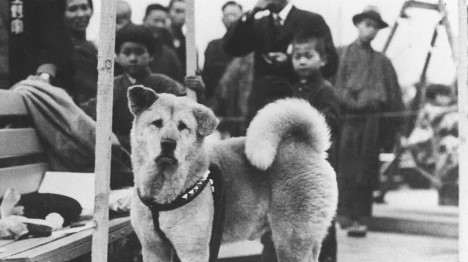Kittens, with their mewling cries and soft, delicate bodies, are particularly vulnerable. In a world fraught with dangers and a lack of understanding, some rather sad situations are bound to happen, unfortunately. People, including children, can be thoughtless in their interactions with these fragile creatures. The disconnect is troubling, a harsh reminder of how humanity can sometimes fail its furred, feathered, and scaled friends. In this context, a recent story unfolded on the internet, where a Redditor by the handle “ikedness” happened upon a small kitten in quite the predicament. Unbelievably, some rather unkind kids had cruelly glued the kitten to some kind of object. At a loss for what…
-
-
Woman Finds Fox Sleeping In Her Cat’s Bed
1 Story A ginger cat called George was recently outfoxed when he returned from a walk in the garden to find an uninvited guest had taken over his bed. “When I came downstairs, and walked passed the kitchen into the bathroom, I did a double take as in the kitchen window I could see a pair of huge ears,” said house cat’s owner, 47-year-old Meloney Blayze from Petts Wood, south east London. “‘I thought, “hmm, those are not the cat’s ears”, and I turned the light on to look at what was in the cat’s bed – and it was a red fox.” Meloney had woken up at 4am to…
-
American Indian Dog
General AppearanceThe American Indian Dog is medium-sized with a light build and dingo-like appearance. Coat and ColoringThe coat of the American Indian Dog consists of a short, thick undercoat and longer guard hairs that stand off from the body. The breed’s hair is longest on the chest, ruff, shoulders, back of legs, and tail. These dogs come in various colors—including black, blue, white, gray, fawn, and silver. All coat colors have sable shading with darker tipped guard hairs. Distinctive Physical TraitsAmerican Indian Dogs have wedge-shaped, moderately long muzzles, longish pricked ears, and almond-shaped eyes that come in pale yellow or pale blue. They also have long, bushy tails that they…
-
This whale that has washed up on a beach in the UK, has scars on his head from battles against Giant squid
The largest predator on planet earth, the Sperm whale. This whale that has washed up on a beach in the UK, has scars on his head from battles against Giant squid. The hunt takes place at such great depths, it has never been filmed or witnessed by Humans. Sailors and fishermen the world over have told strange stories about giant squids, largest of the invertebrates (animals without backbones). It seems difficult to believe that fear, wonder, and confusion are expressed in describing an animal related to the lowly and harmless clam and snail, but exaggerated sea-monster stories are no more fascinating than the true facts. You must understand, first of…
-
welcome Boiling Springs home
Possums are not only welcome at Beth Button’s Boiling Springs home, they are loved, fed and given shelter. Button, who works at USC Upstate, is among eight volunteers who have helped rescue and rehabilitate possums through The Opossum’s Pouch, a nonprofit formed in July. The Greenville-based organization has rescued more than 500 possums throughout the state. Button has helped rescue and rehabilitate 15 possums since joining the organization. Her latest rescue is a 10-month-old possum named Kaolyn that likes to sleep on a heating pad formerly used by the family’s cat. Kaolyn usually wakes about 11 a.m. and falls asleep by 4 p.m. after giving herself a good grooming. Her…
-
An elephant family is sleeping
An elephant family is sleeping photographed by a drone Elephants sleep on average two hours a night, the shortest recorded time for a land mammal. Some days they don’t sleep at all, staying awake for up to 46 consecutive hours and covering considerable distances of about 30 kilometers. It seems that elephants only reach the REM phase every three or four days, which makes them unique animals. Experts believe this might be due to disturbances caused by the presence of lions or poachers that keep them in a constant state of alert.
-
Family says cows broke into their new house in Montana
A handful of cows found their way into a newly built home and lived in it for a month before being noticed.The family was moving from Washington. The Aunt was supposed to be checking on the place, but she didn’t. A rancher had filed a report about missing some cattle and even checked their barn, but not the house. They think a bad storm sent them looking for cover. They also think the storm blew a door in or somehow one of the cows nudged one open. This big guy and three of his friends got into our newly built Montana house and proceeded to live there for a month…
-
Sperm whales and their mysterious vertical sleep.
When sperm whales need a nap, they take a deep breath, dive down about 45 feet and arrange themselves into perfectly-level, vertical patterns. They sleep sound and still for up to two hours at a time between breaths, in pods of 5 or 6 whales, presumably for protection. No one knew whales slept vertically until a 2008 study documented the behavior. And no one captured really good photography of it in the wild until 2017. French photographer Stephane Granzotto was documenting sperm whales in the Mediterranean for his book on the creatures when he came across these sleeping whales. Sperm whales and their mysterious vertical sleep. Until a 2008 study…
-
Roadrunner escapes peril by carpooling with Arizona park ranger
Fans of the beloved Looney Tunes franchise know this to be the common motto of the popular Road Runner character eternally in conflict with the desperate Wile E. Coyote. But Beep beep! shares a different meaning in regard to a zany situation that occurred at the Lost Dutchman State Park in Pinal County. A photo shared Wednesday from the Arizona State Parks Twitter account shows a roadrunner taking shelter inside a park ranger’s truck, supposedly to escape the clutches of a ravenous coyote. The tweet read, “POV: you were running away from the coyote and got confused…” The roadrunner took a brief break next to the driver’s seat, seemingly scouting…
-
Hachiko- the Most Loyal Dog in the World
The dog in the picture is named Hachiko.In 1923, the Japanese citizen (Isabura) found the dog (Hachiko) in a small box inside one of the train cars that he used to take daily to work… and the dog was still a small puppy.. He took it and raised it in his house.. The days pass and Hachiko grows. Isabura used to go to work every day by train, and Hachiko used to drive him to the station and wait at the station until his return about 10 hours later. A statue of him was designed at the entrance to Shibui Station in Japan, and it is still present.Loyalty is a…


